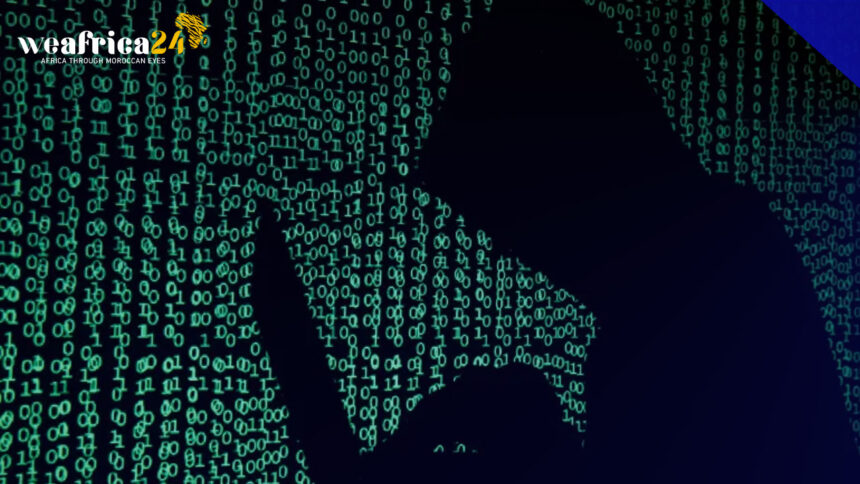Cyberattacks are considered a menace in this era, necessitating caution in a time when technology has become imperative in our contemporary lives. But how can we fend off these cyber threats?
According to the European Consumer Protection Center, users can protect themselves from cyber piracy attacks by adhering to crucial measures:
Minimize the disclosure of personal data and information, always scrutinizing the information provided, and the websites requesting it, and identifying potentially suspicious or fake sites.
Refrain from responding to or engaging with phishing emails or scam messages, often sent via SMS, utilizing various tactics such as time pressure or threats of banning to coerce sensitive data entry, such as contact information, banking data, or website login details.
Manually input the purported internet address instead of clicking on links sent in fraudulent or suspicious emails, subsequently verifying whether customer account information is present. Additionally, contacting the alleged sender by phone, if a known phone number is available, and verifying the authenticity of the sent email is advisable.
When cyber attacks are linked to urgent financial assistance requests on social media networks, often associated with a poignant or tragic narrative, a friend’s electronic account has probably been compromised. Therefore, users should avoid responding to such messages or clicking on any embedded links. Instead, they should communicate with the friend through an alternative means.
Never publish online copies, images, or scanned versions of identification documents. If necessary, certain irrelevant or unrelated information, such as ID numbers or signatures, should be redacted. Adding a watermark to the document, if possible, using a photo editing program like the free software Gimp, to clarify the purpose, recipient, and date of the document as a copy only, is recommended.
Set strong and intricate passwords for each online account or service. In such cases, using a password management program to handle numerous passwords on the internet is advised. Additionally, users should activate Two-Factor Authentication (2FA) if available.
Regularly update operating systems, programs, and applications. If updates are available, they should be promptly downloaded to patch security vulnerabilities that could be exploited in cyber attacks.
Users typically notice instances of identity data misuse through suspicious activities on their internet accounts. In such cases, quick action is necessary, involving reporting to the relevant law enforcement agencies and notifying the bank to cease transactions with existing accounts and credit cards.







